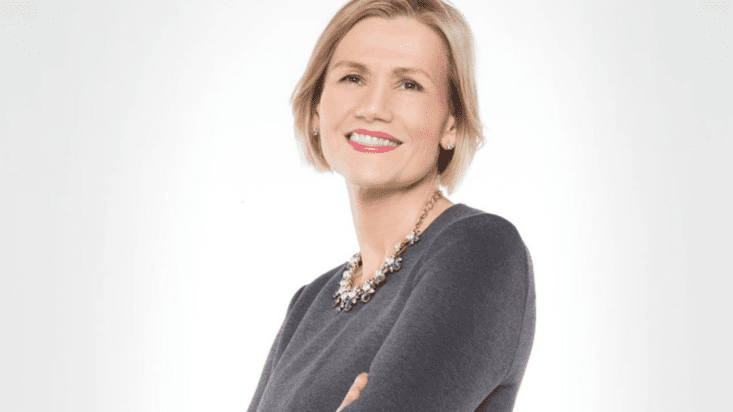Rate cuts by mid-year as ‘little victories’ chart the path to disinflation: Invesco
The US Federal Reserve is on track to instigate rate cuts by the middle of the year according to global investment giant Invesco, as key economic indicators align to show earlier concern about stickier-than-expected inflation has been allayed.
The first quarter of 20234 ended with some “small victories”, wrote Invesco chief global market strategist Kristina Hooper in a recent economic review post, which have got the market preparing for rate cuts by the end of Q2. The most significant of these for the US Federal Reserve – the closest thing to a bellwether for central bank activity globally – is data showing that people in the US are starting to pay less for their goods and services.
“There were concerns about the US inflation path after some disappointing inflation data recently, so the core Personal Consumption Expenditures (PCE) Price Index for March came as a relief,” Hooper states. “Core PCE was 2.8 per cent year-over-year, down slightly from 2.9 per cent in February.”
The economist noted that this data got the nod of approval from Fed chair Jay Powell, who said it was “more along the lines of what we want to see”. Powell added that he still expected inflation “to come down on a sometimes bumpy path to 2 per cent”.
The other tailwind for disinflation is that the Fed is having its expectations “anchored” by other institutions, Hooper believes. The Fed takes great stock in consumer inflation expectations, she continued, with final data from the University of Michigan’s Survey of Consumers for March likely “comforting” for the central bank.
“With five-year ahead inflation expectations down to 2.8 per cent and one-year ahead inflation expectations moved down to 2.9 per cent, I think it’s accurate to say that inflation expectations are ‘well anchored’ – an important litmus test for the Fed,” she states. “It is a similar story in the UK, where a recent Bank of England survey showed median inflation expectations for the year ahead at 3 per cent, down from 3.3 per cent in the previous survey.”
The progress made by the UK and eurozone in fighting inflation shouldn’t be discounted as a factor, with decreases furthering the Fed’s conviction that it’s on the right disinflationary path.
“Eurozone inflation has also continued to fall and is now within striking distance of the European Central Bank’s 2 per cent target,” Hooper states. “UK inflation has made even more progress lately – its most recent reading was 3.4 per cent year-over-year for February, its lowest level since 2021 and below expectations.”
Further “little victories” have continued into the start of the second quarter, with positive economic movements for the Chinese markets and better-than-expected US manufacturing data boding well for the future.
“It hasn’t all been sunny,” Hooper concedes, with US employment figures remaining “tepid” and sentiment across pockets of Asia, particularly Japan, still soft. But the overall upshot for the US, and across the globe, is that central banks are on track to take more heat out of the market sooner, rather than later.
“All this suggests that rate cuts could begin for some of the major Western developed central banks by the end of the second quarter,” Hooper suggests.











